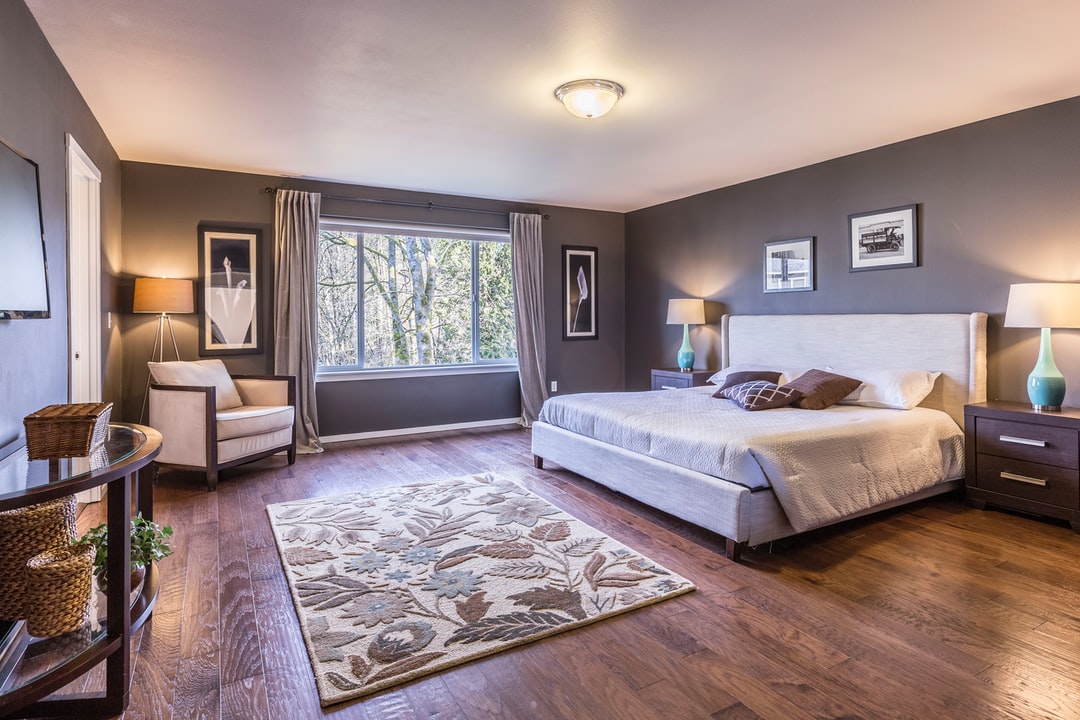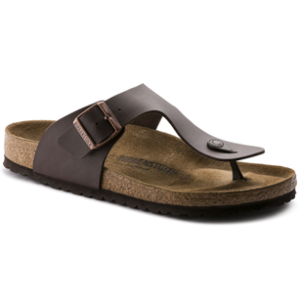As a wise man once said, a rug can really tie a room together. From keeping your feet warm to protecting the floor, an area rug does it all.
If there’s an issue with rugs, it’s that choosing the right one for your room is far from simple. Many homeowners spend a fortune on a rug they think is perfect, only for it to look completely out of place in the room.
Want to ensure your rug shopping strategy is sound? Start by taking note of the following six common area rug shopping mistakes!
1. Getting the Wrong Size
Too often, homeowners will try to estimate the size of the rug they need. With so many different rug sizes available, though, this seldom works out.
In some cases, the wrong rug size will make itself immediately clear. A rug that’s too small, for example, will throw off the flow of the room. A bigger rug may look like a wall-to-wall carpet, which isn’t always the right look.
Other than the space itself, there’s the matter of furniture. If your area rug is smaller than the couch, it will invite weird looks. At the same time, you probably don’t want all the furniture in the room to fit on the rug.
To avoid these issues, take some time to measure the dimensions you need. A good rule of thumb is that the ends of the rug should be one to two feet away from the walls. That way, the rug will be able to breathe.
2. Choosing the Wrong Color
A picture, as they say, is worth a thousand words. There’s only one exception: when the picture in question is for an online product.
See, what looks good on a computer screen may not always look good in real life. A lot of people buying rugs online find this out after the rug arrives and the color and binding seem to clash against one another.
The simple solution: don’t buy an area rug until you see it in person. If that’s not an option, look at the product page more thoroughly. Many product pages have recommended color and binding pairings for their rugs.
The other part of the equation is ensuring the rug color fits your room. Think about the mood you want to create and work from there. For instance, a green or blue area rug is great for creating a calming atmosphere.
3. Not Getting a Rug Pad
Area rugs are durable and comfortable enough on their own, but you can do your part to keep them that way. Case in point: buying a rug pad.
A rug pad provides padding and support under the rug, keeping it in one place. On a hardwood floor, this is essential for preventing slippage. A rug pad also prevents the rug from bunching up and moving about.
Another benefit of the rug pad is that it absorbs a lot of shock from foot traffic. This prevents the fibers from getting crushed too soon, adding to the rug’s longevity. Plus, the rug itself will feel more comfortable!
As for which rug pad to choose, that depends on the texture of the rug. A braided cotton area rug will likely only need a thin cushion. A heavy wool rug, on the other hand, may need a thick natural rubber pad.
4. Focusing on the Price
Contrary to popular opinion, the price of a rug isn’t its defining characteristic. In fact, there are plenty of things you’ll want to consider before that.
For example, even the most luxurious rug money can buy isn’t the right fit for every room. With so many area rug styles out there, a solid budget-friendly option may look better in your living room than a fancy model.
Plus, splurging on a rug might make you less comfortable using it. Can you imagine spilling something on your expensive new rug? If the very thought makes you mad, consider looking at cheaper options.
Keep in mind that spending less on a rug doesn’t mean you need to sacrifice quality. Going with a cheaper rug can be a good thing, but you don’t want to compromise too much and end up with a rug you don’t like at all.
5. Choosing the Wrong Material
Materials used in rugs make them suitable for different settings. That’s why you never see delicate silk rugs in high foot-traffic areas.
These days, most people prefer area rugs made of natural fibers. Jute, for instance, is a flexible material that can look both casual and elegant. Wool is another wonder fiber that’s been popular for centuries.
Another thing to keep an eye on is the rug’s pile height or its thickness. Thicker rugs (1/2 inch and up) tend to be more comfortable. That said, if you don’t want to be cleaning area rugs too often, go with a thin pile rug.
Finally, if you care about the environment, avoid synthetic rugs. This includes materials like nylon, polyester, and polypropylene. You should also avoid overdyed rugs, as they’re both unhealthy and hard to clean.
6. Not Taking Your Time
At the end of the day, an area rug is a big investment. As such, buying one should involve more research than getting a new vase or lampshade.
First things first: if you buy rugs online, start by comparing rug prices. If you’re getting a vintage rug, ask the seller about its age and provenance. If you know the rug is going into a busy area, pick the materials carefully.
If you’re designing an entire room, try to avoid picking the rug last. As mentioned above, even a great-looking rug won’t work in every space. Instead, try choosing a rug you love and adapting the fabrics around it.
Most importantly, take your time. Don’t get a rug to complete a room as soon as you can and find an esthetic that speaks to you. Even if that means you’ll have to wait a bit, the eventual rewards will be well worth it.
Avoid These Area Rug Shopping Mistakes
A good area rug will add order and comfort to any area it’s in. That said, finding one that works for your situation may take some effort. Consult the above article to know which area rug shopping mistakes to avoid!
Want to improve your home even further? Keep reading our Home Improvement section for more creative home design ideas!









Be First to Comment